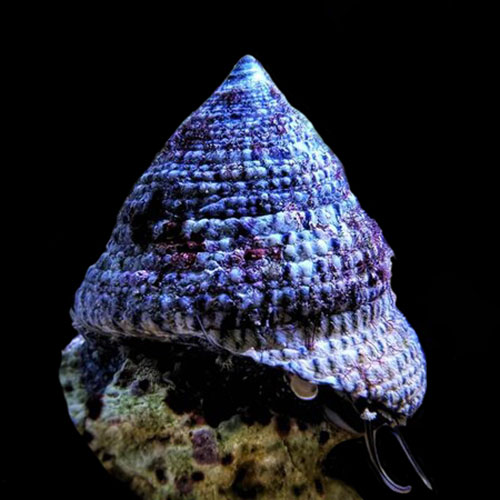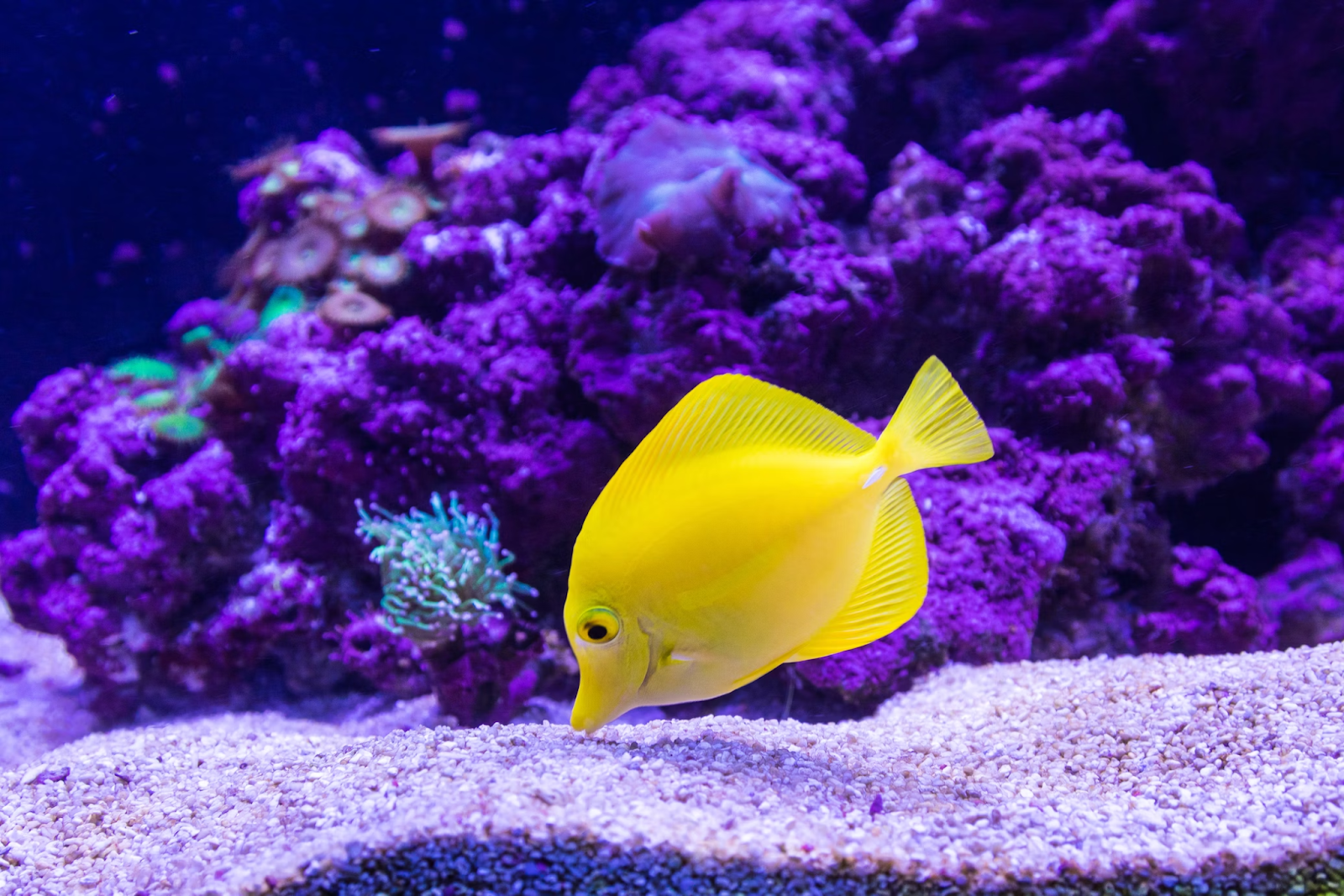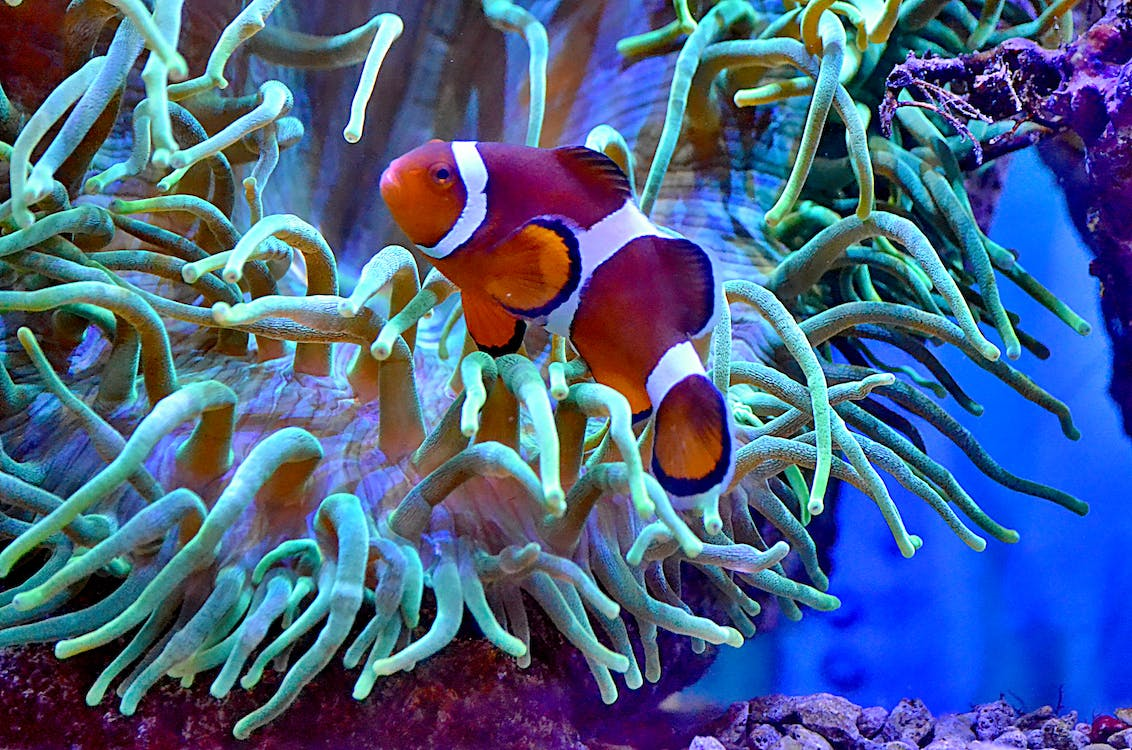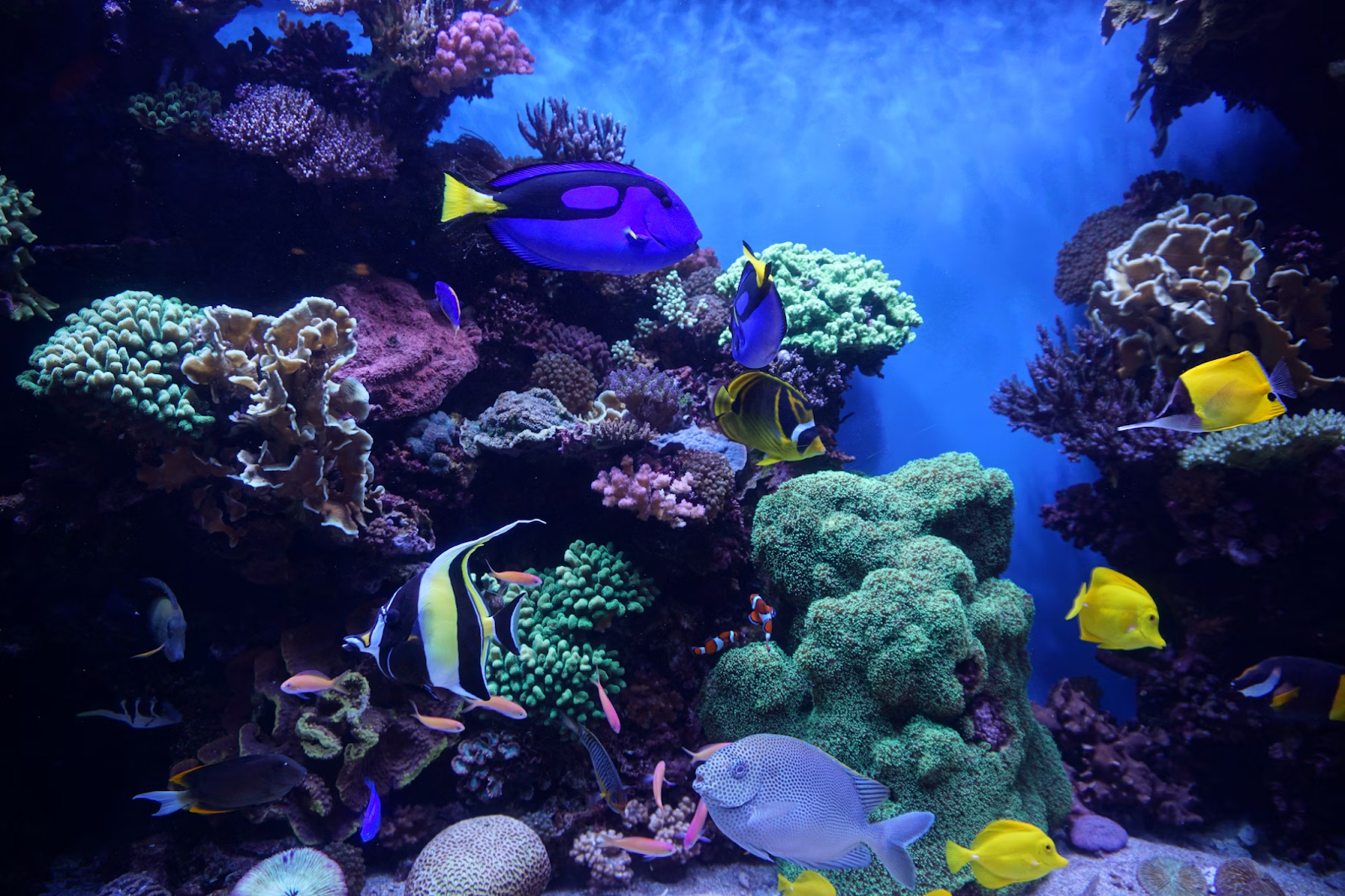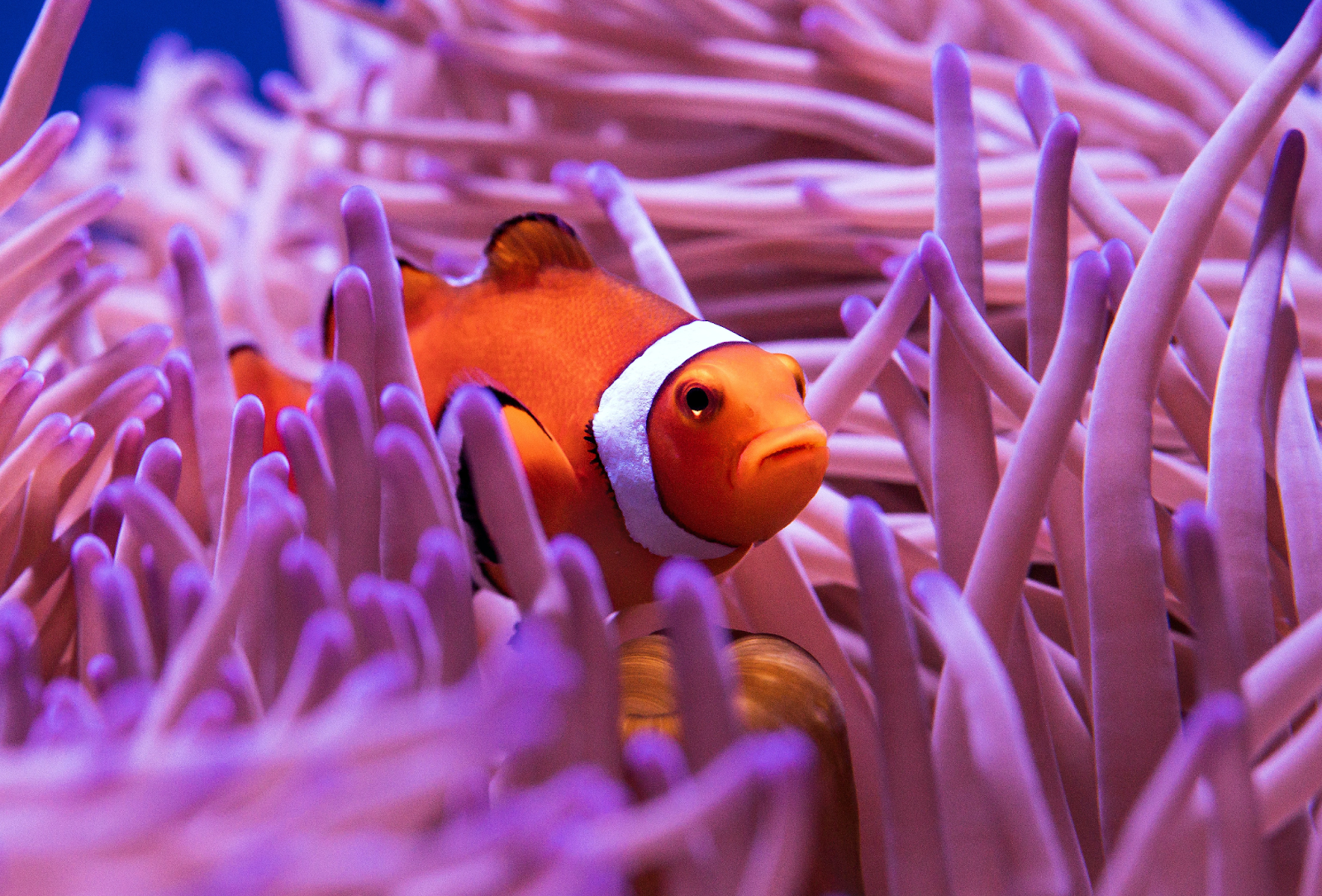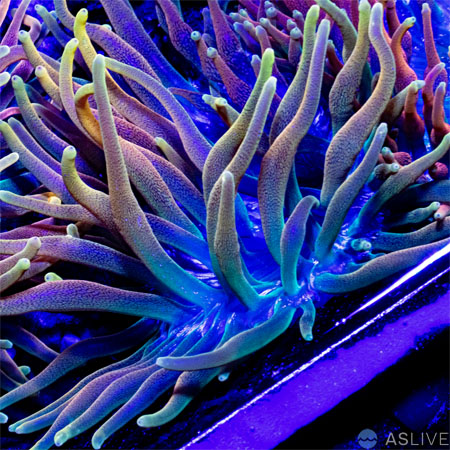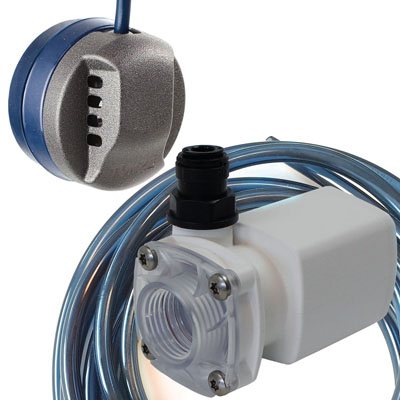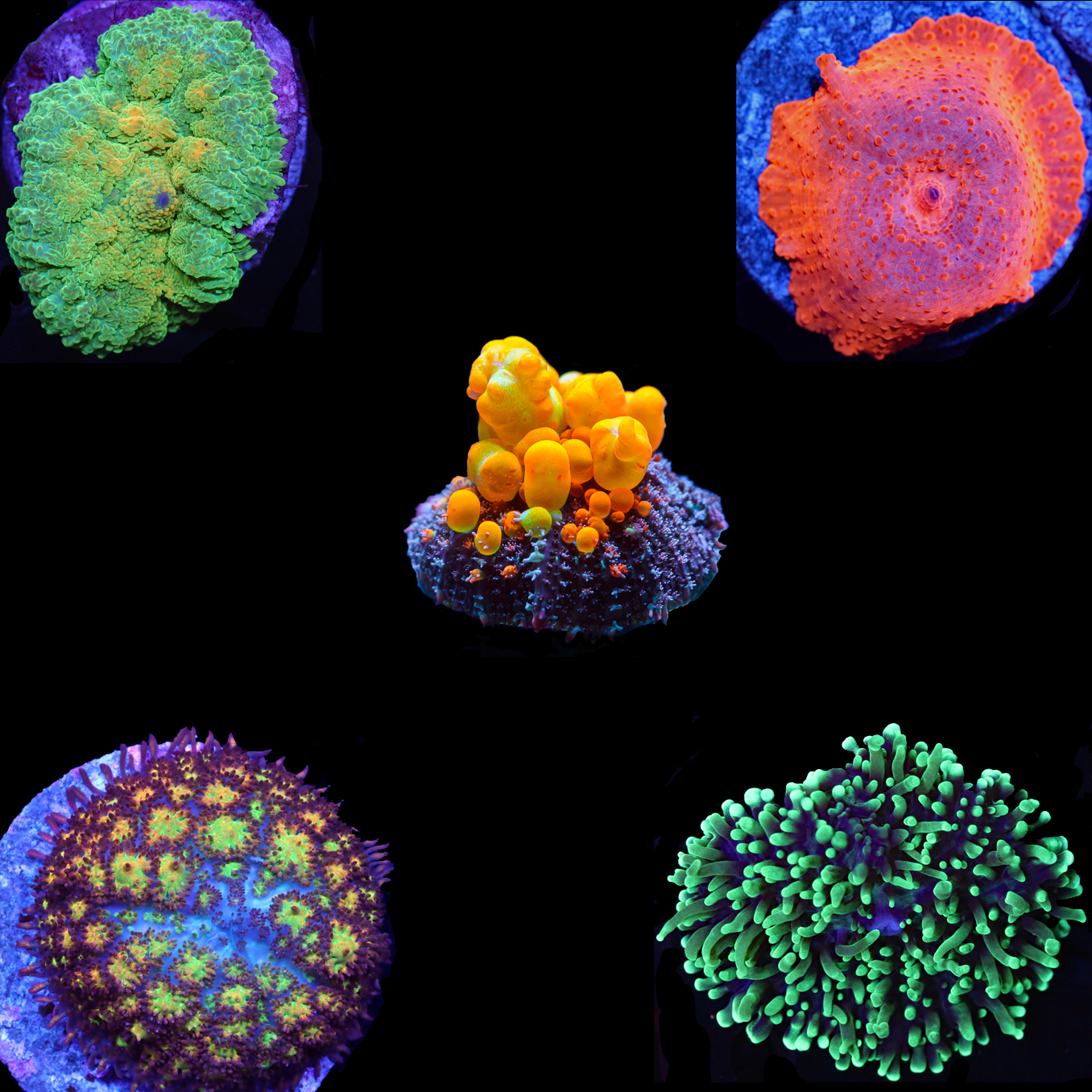The Astraea Snail, scientifically known as Astraea tecta, is a fascinating marine gastropod that has long been a popular choice among saltwater aquarium enthusiasts. Renowned for its exceptional algae-cleaning capabilities, the Astraea Snail is a beneficial addition to reef tanks and saltwater aquariums. In this article, we will delve into its natural habitat, dietary requirements, life span, average maximum size, and the valuable role it plays in maintaining a healthy saltwater fish tank.
Natural Habitat:
Astraea Snails are primarily found in the shallow coastal waters of the Caribbean, Gulf of Mexico, and the western Atlantic Ocean. They thrive in rocky intertidal zones and prefer areas with a rich supply of algae. The snails attach themselves to hard surfaces such as rocks, corals, and substrate, showcasing their preference for stable substrates.
Diet Requirements:
Astraea Snails are herbivores, and their diet consists predominantly of various types of algae. They play a vital role in controlling and preventing excessive algae growth in aquariums. Providing a balanced diet of algae that naturally grows and supplemental foods such as spirulina or other algae based foods, is essential to maintain their health and encourage their natural grazing behavior.
Life Span and Maximum Size:
Under optimal conditions, Astraea Snails can live for several years. With proper care and a suitable environment, a lifespan of 2 to 3 years can be expected. These snails typically reach a maximum size of around 1 to 1.5 inches in diameter, making them a compact and manageable addition to most aquarium setups. Smaller than the popular turbo snails, these snails are less likely to "bulldoze" over coral frags and other corals that are not firmly attached to your rockwork.
Benefits in a Saltwater Aquarium or Reef Tank:
Astraea Snails are highly prized for their ability to control algae growth, contributing to a cleaner and more aesthetically pleasing aquarium. Their consistant grazing helps prevent nuisance algae from overtaking the tank, promoting a healthier environment for corals and other aquarium inhabitants.
Compatibility with Other Tank Inhabitants:
Astraea Snails are generally peaceful and coexist well with a variety of tank inhabitants. They are compatible with most species of reef fish, other invertebrates, and corals. However, caution should be exercised when introducing them to aggressive or carnivorous species that may view the snails as potential prey.
Aquarium Predators to Watch Out For:
While Astraea Snails are relatively low-maintenance and resilient, there are potential predators in the aquarium that can pose a threat to them. Certain species of crabs, larger snails, and some carnivorous fish may view Astraea Snails as a food source. It is crucial to carefully select tankmates and monitor their behavior to ensure the well-being of the Astraea Snails.
The Astraea Snail is a valuable asset to any saltwater aquarium or reef tank, providing both practical benefits and aesthetic appeal but most of us in the hobby purchase them along with other clean-up crew tank mates. With their algae-cleaning prowess, compatibility with various tank inhabitants, and attractive appearance, these snails are an excellent choice for hobbyists looking to maintain a balanced and thriving marine environment.
We hope this article helped our newer aquarium hobbyists understand the Astraea snail, its usefulness, dietary needs, and care requirements.




